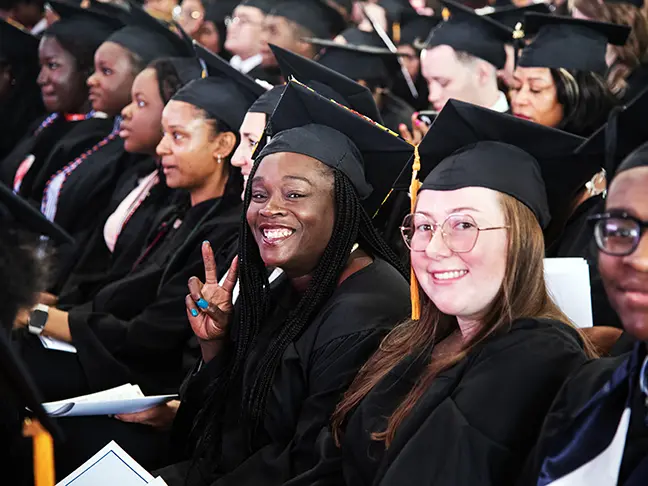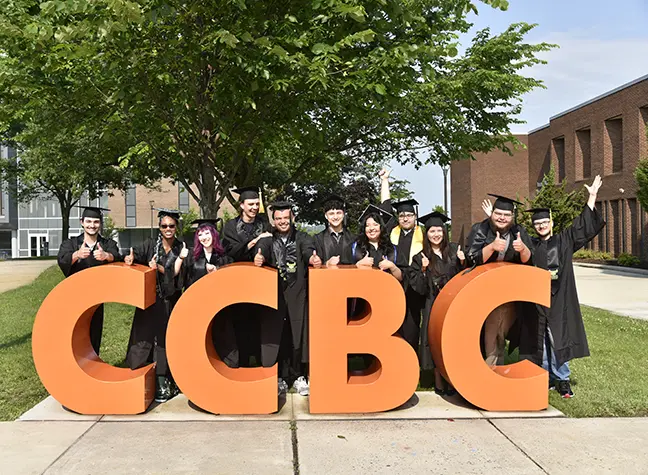Navigation Options
Programs and Courses
- Search Programs and Courses
- Catalog
- CCBC Online
- Courses
- Honors College
- Programs
- School of Arts and Communication
- School of Continuing Education
- School of Business, Technology and Law
- School of Health Professions
- School of Mathematics and Science
- School of Wellness, Education, Behavioral and Social Sciences
- School of Writing, Literacy and Languages




